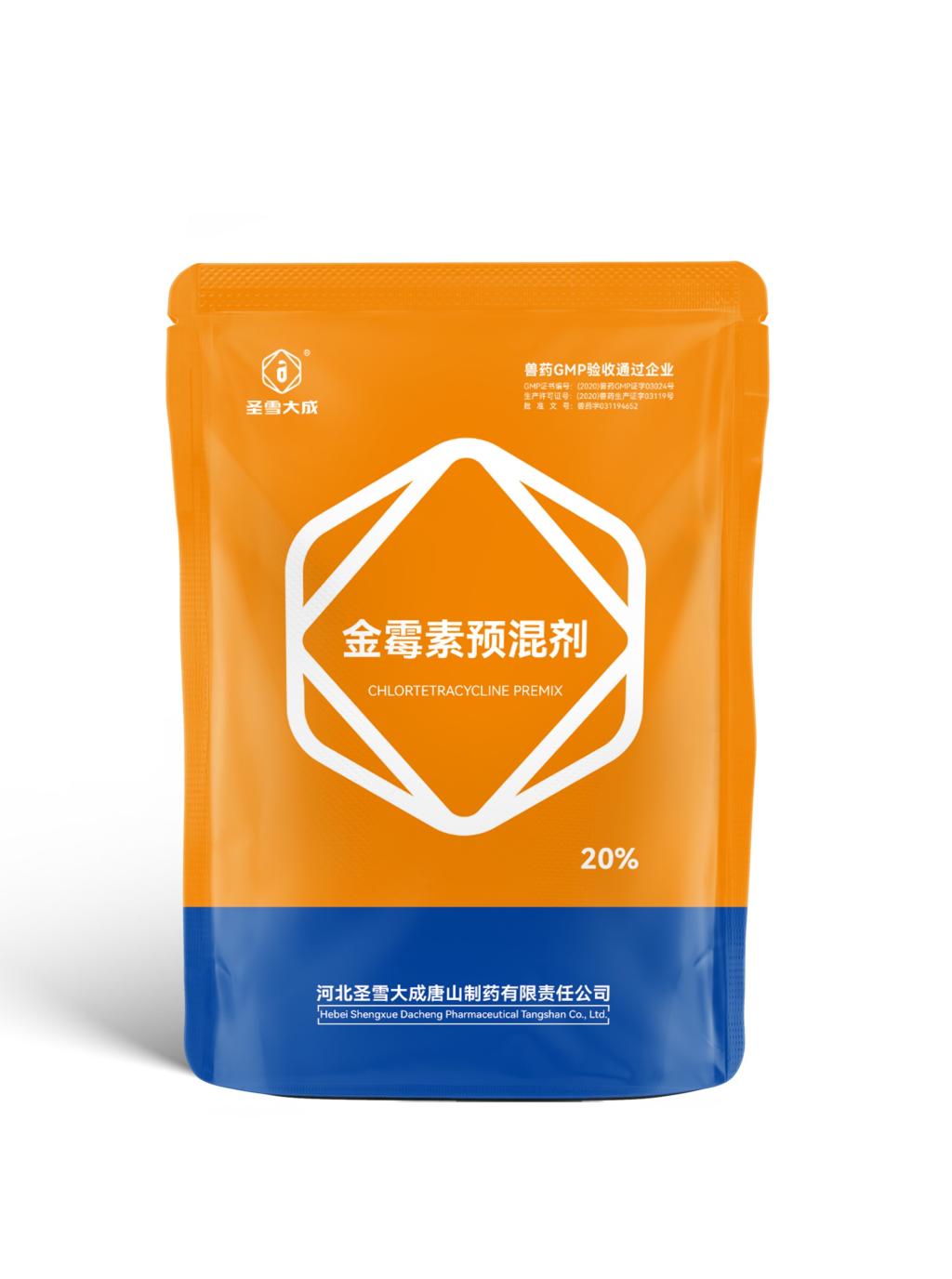Tel:0086 18231198596

News
Exploring regional variations in Chlortetracycline Premix usage.
TIME:2024-06-04
Factors Influencing Regional Variations
Several factors influence regional variations in chlortetracycline premix usage, including:
a. Farming Practices: Differences in livestock management practices, such as housing systems, stocking densities, and biosecurity measures, can impact the prevalence of infectious diseases and the need for antibiotic intervention.
b. Regulatory Frameworks: Variation in regulatory policies and enforcement mechanisms across countries and regions can affect the availability, accessibility, and usage patterns of chlortetracycline premix.
c. Disease Burdens: Variation in disease epidemiology, including the prevalence of specific pathogens and antimicrobial resistance patterns, can influence the demand for chlortetracycline premix and other antibiotics.
Regional Usage Patterns
Regional usage patterns of chlortetracycline premix can vary significantly. In some regions, chlortetracycline premix may be widely used as a prophylactic or metaphylactic treatment to prevent disease outbreaks and promote growth performance in livestock. In other regions, stricter regulations or cultural preferences may limit the use of chlortetracycline premix to therapeutic purposes or specific disease conditions.
Implications for Antimicrobial Resistance
Regional variations in chlortetracycline premix usage can have implications for antimicrobial resistance (AMR) dynamics on a global scale. Overuse or misuse of chlortetracycline premix in certain regions may contribute to the emergence and spread of resistant bacterial strains, potentially compromising the effectiveness of antibiotics for both animal and human health. Addressing AMR requires coordinated efforts at the regional and global levels to promote responsible antibiotic use and stewardship practices.
Strategies for Responsible Use
To mitigate the risk of AMR and promote responsible antibiotic use, several strategies can be implemented at the regional level:
a. Veterinary Oversight: Strengthening veterinary oversight and prescription requirements can help ensure appropriate use of chlortetracycline premix and other antibiotics in animal agriculture.
b. Education and Outreach: Providing education and training programs for farmers, veterinarians, and other stakeholders can increase awareness of the importance of responsible antibiotic use and antimicrobial stewardship.
c. Surveillance and Monitoring: Implementing surveillance programs to monitor antibiotic usage patterns and AMR prevalence in animal populations can inform targeted interventions and policy decisions.
Collaborative Efforts for Global Animal Health
Addressing regional variations in chlortetracycline premix usage requires collaborative efforts among stakeholders, including governments, industry organizations, veterinarians, researchers, and consumers. By sharing best practices, exchanging data, and coordinating policies, regions can work together to promote responsible antibiotic use, protect animal health, and safeguard public health on a global scale.
Conclusion
Regional variations in chlortetracycline premix usage have important implications for global animal health and antimicrobial resistance. Understanding the factors driving these variations and implementing strategies for responsible antibiotic use are essential for mitigating the risk of AMR and promoting sustainable animal agriculture. By working together collaboratively, regions can address regional disparities in antibiotic usage and contribute to the preservation of animal health and welfare worldwide.

 CONTACT
CONTACT




